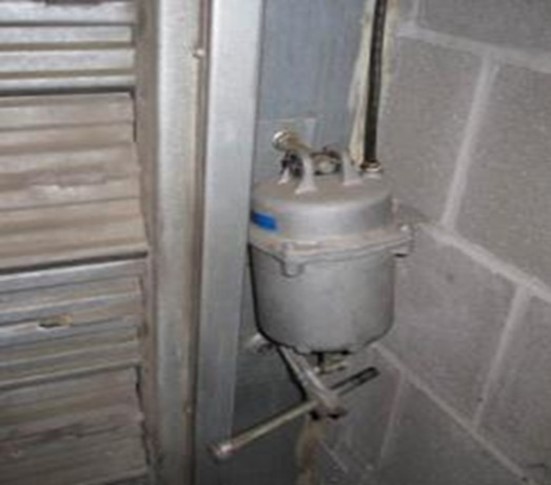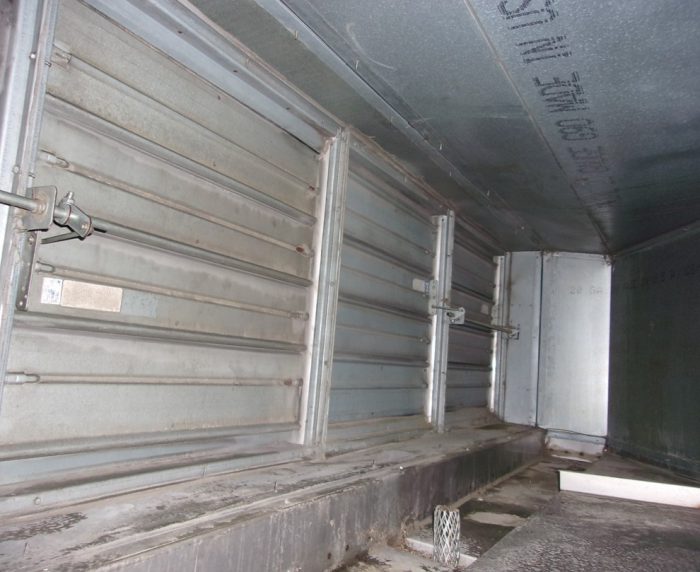Jeremy McDonald, Zondits guest, 4/17/2023
Since the onset of the pandemic, we in the HVAC industry have wrestled with far-reaching improvements to our HVAC systems. Increasing ventilation air exchange, implementing air cleaning devices, and related investments are all important strategies to improve indoor air quality (IAQ) and protect building occupants. However, recognizing that IAQ issues are ever-present and that a true crisis like the COVID pandemic can pop up at any time, we need to address the basics of IAQ right now. A “let’s get back to basics” approach is the most expedient and cost-effective strategy to address ongoing issues which have plagued buildings for decades.
As an HVAC systems engineer, I have been doing building assessments, energy studies, and retro-commissioning for more than 25 years. I have seen every IAQ foul-up there is: supply and exhaust fans with no belts, plywood covering the air inlet to unit ventilators, dampers with 2×4 lumber locking the actuator in place, ducts leaking like Swiss cheese, and too many dysfunctional systems to count.

If many property managers do not implement the most basic IAQ practices, such as ensuring proper ductwork and minimum airflow, tracking CO2 levels, and ensuring fan belts are properly tightened, then what are the chances of more expensive or complicated solutions being successful? In other words, let’s do the easy stuff first, and then we can focus on more complex approaches for better IAQ.

With that in mind, here is a modest four-step plan to get back to the basics for better IAQ. Several of these solutions are time-tested as well as reasonably inexpensive. This program also relies on existing codes and readily available technology.
Step 1: Enforce existing codes and standards
Throughout the developed world, spaces in commercial buildings that do not have operable windows are required to provide a minimum amount of ventilation (ASHRAE 62 typically prescribes minimum ventilation levels). Many buildings, including many that have been retrofitted, simply don’t meet the minimum code for ventilation and temperature control.
Historically building codes have applied to only new construction. Although renovations have incrementally been added to code jurisdiction, enforcement has been lax. In many cases, code offices do not have the budgets and/or the expertise to handle the issues that affect IAQ.
Unsuspecting tenants and renters should not be exposed to substandard IAQ. I recommend that landlords be required to bring their buildings up to code. This would address the worst IAQ issues and give tenants and renters a fighting chance to avoid “super spreader” incidents, which occur when you couple high density with limited or no ventilation.
Step 2: Annual testing
One of the anomalies in the current building code is there is no requirement for annual “check-ups” on ventilation systems – except for critical healthcare spaces such as operating rooms. Any engineer or contractor can attest to the mad rush we experience to ensure buildings “meet code” before an occupancy certificate is granted.
With a requirement for annual testing, similar to our fire code requirement, we can at least ensure that a professional (engineer or testing and balance contractor) is revisiting the basic ventilation requirements on an annual basis. While this won’t totally avoid every problem, it will highlight major issues and ensure that major issues are addressed.
There has been some movement in this area, with some cities and states adopting “stretch” or “reach” codes requiring this type of ongoing maintenance. In some cases, these codes are mandatory for certain buildings, while in other cases they may be voluntary performance standards.
Step 3: Continuous monitoring
With continuous monitoring of IAQ, we can transparently assure the public that a space is safe to enter. By monitoring key IAQ variables – cfm/sq.ft., CO2, VOCs, and particulate count – we can ensure that spaces have proper IAQ on a continuous basis. The technology is available and, if reasonably regulated, can be quite affordable.
History has shown that users make better decisions when they have consistent transparent information. Be it calorie counts, a Zagat survey, or a building energy score, users do respond to transparent and easy-to-understand data.
Step 4: Capital improvements
It is a simple fact that some buildings suffer so greatly from deferred maintenance that capital improvements are required. Be it sub-standard air handling units, exhaust fans without belts, or just poor design from the start, some buildings will need capital improvement.
In my view, it is unfair to require all buildings to meet abstract upgraded standards when many buildings fail to meet standards that were established years ago. Perhaps by enforcing buildings to meet current code we can address the worst “super spreaders” as failing buildings will be clearly identified for improvement.
While this may be expensive for some owners, if a building isn’t meeting the minimum ventilation standards, the owner is, quite frankly, breaking the law. Incentive programs in the form of tax credits and ratepayer programs can help ease this burden. In a compassionate society, we can construct grant programs and other new mechanisms to minimize the sting of major capital investments.
During the 1700s, Scottish economist and philosopher Adam Smith wrote of the “invisible hand” of the economy. Applying this theory to IAQ, transparent reporting of building IAQ performance will allow market forces, with the aid of incentive programs, to drive building improvements.
The path forward: Let’s Illuminate it.
The COVID pandemic has been tough on all of us. Too many of our loved ones have passed, we have witnessed the unintended consequences of social isolation and mental health decline, and we are experiencing fissures in our basic social fabric. I am reminded of the so-called malaise of my youth in the 1970s. Clearly, we need to find a better path forward. And I believe that path begins by getting back to basics.
Improved IAQ will not solely heal what ails our society. However, by rallying around a relatively simple solution that we all implicitly know to be true, we can help turn the angst and the seemingly unending fissures in our social fabrics toward the positive energy which always propels us to a higher purpose and a better outcome for all.
There is a lot of work to be done. By embracing a “back to basics” approach, we can improve our health and harden our building HVAC systems for the next major crisis.
Jeremy McDonald is a principal of Guth DeConzo Consulting Engineers in New York. Before the pandemic, he was an adjunct professor at Rensselaer Polytechnic Institute. Recently, he was the technical consultant to the New York State Energy Research and Development Authority in development of an IAQ guideline for Higher Education in NY: “Covid-19 Response Guide, State University of New York”. He may be reached at jmcdonald@guthdeconzo.com.
